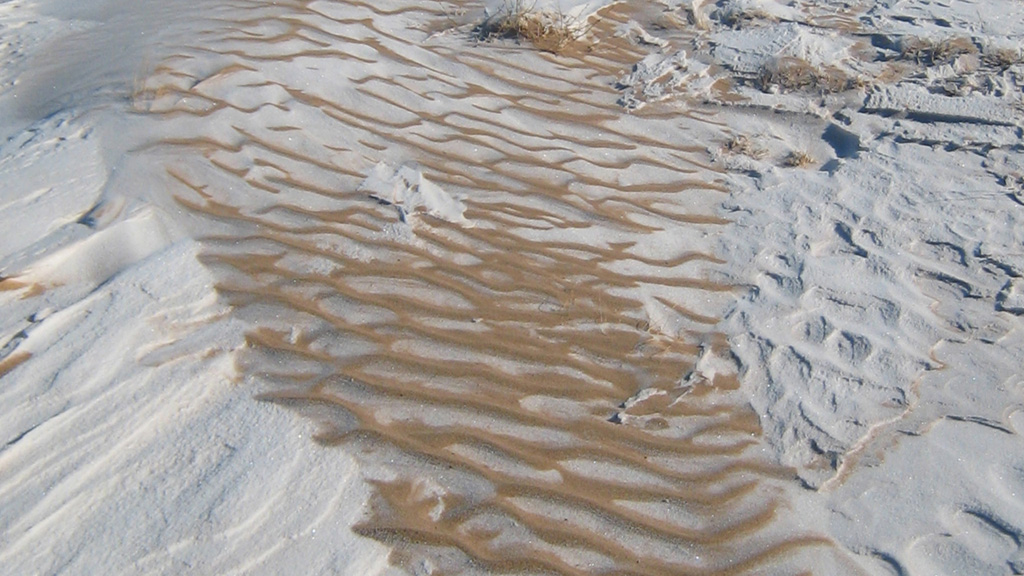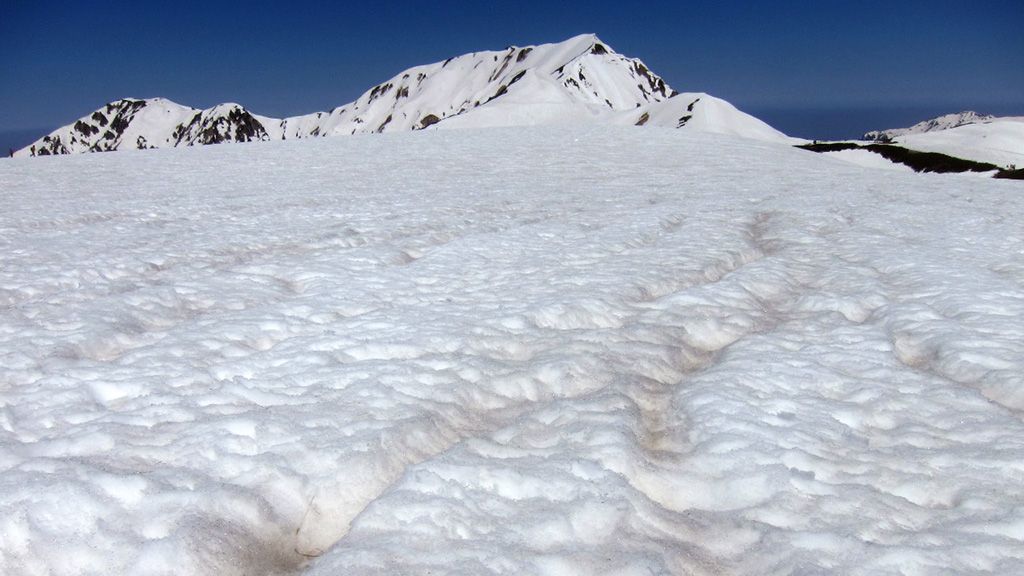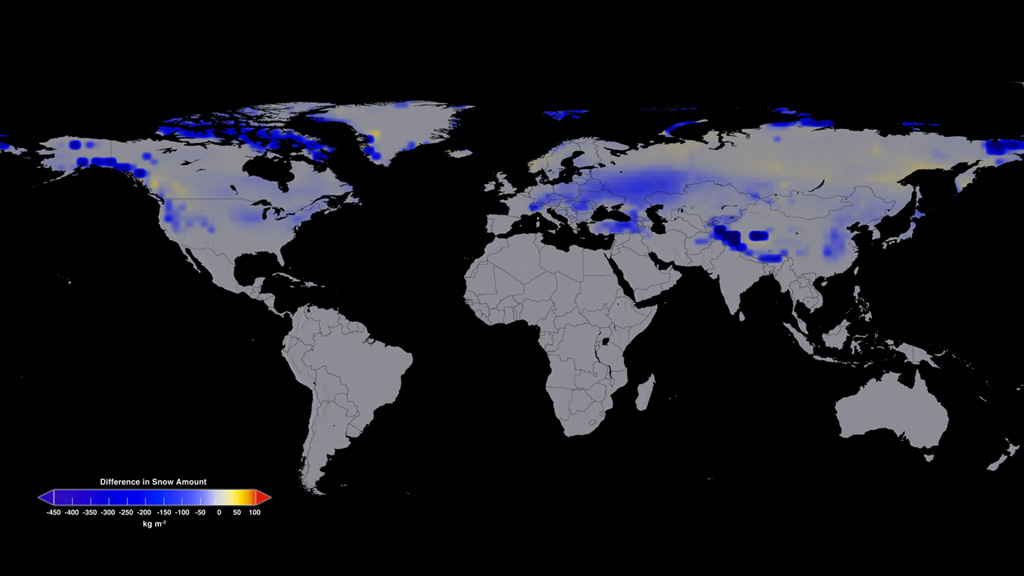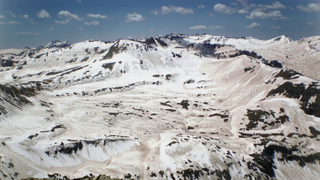Earth
ID: 11917

When tiny particles suspended in the air, known as aerosols, land in snow-covered regions, they can darken snow and ice, causing it to absorb more of the sun’s energy. In a new study, NASA scientists used a climate model to examine the impact of this snow-darkening phenomenon on snowpacks in the Northern Hemisphere. Scientists ran simulations for a 10-year period between 2002 and 2011, and compared scenarios with and without the deposition of aerosols on snow. The model showed that areas darkened by aerosols had increased surface warming and reduced snow amounts in spring. The findings suggest natural and manmade aerosols in the atmosphere might play a role in the earlier melting of winter snowpacks. Watch the video to learn more.



The Snow Darkening Effect




Related Stories
Story Credits
Lead Visualizer/Animator:
Cindy Starr (Global Science and Technology, Inc.)
Interviewee:
Teppei J. Yasunari (Hokkaido University)
Narrator:
Joy Ng (USRA)
Producers:
Kayvon Sharghi (USRA)
Joy Ng (USRA)
Scientists:
Teppei J. Yasunari (Hokkaido University)
Kyu-Myong Kim (NASA/GSFC)
Lead Writer:
Joy Ng (USRA)
Cindy Starr (Global Science and Technology, Inc.)
Interviewee:
Teppei J. Yasunari (Hokkaido University)
Narrator:
Joy Ng (USRA)
Producers:
Kayvon Sharghi (USRA)
Joy Ng (USRA)
Scientists:
Teppei J. Yasunari (Hokkaido University)
Kyu-Myong Kim (NASA/GSFC)
Lead Writer:
Joy Ng (USRA)
Please give credit for this item to:
NASA's Goddard Space Flight Center
Cover image courtesy of NASA/JPL/Snow Optics Laboratory/S. McKenzie Skiles
Dust image courtesy of University of Washington/Stephen G. Warren
Dark snow image courtesy of Meteorological Research Institute/Teruo Aoki
NASA's Goddard Space Flight Center
Cover image courtesy of NASA/JPL/Snow Optics Laboratory/S. McKenzie Skiles
Dust image courtesy of University of Washington/Stephen G. Warren
Dark snow image courtesy of Meteorological Research Institute/Teruo Aoki
Short URL to share this page:
https://svs.gsfc.nasa.gov/11917
Keywords:
SVS >> App
NASA Science >> Earth
https://svs.gsfc.nasa.gov/11917
Keywords:
SVS >> App
NASA Science >> Earth









